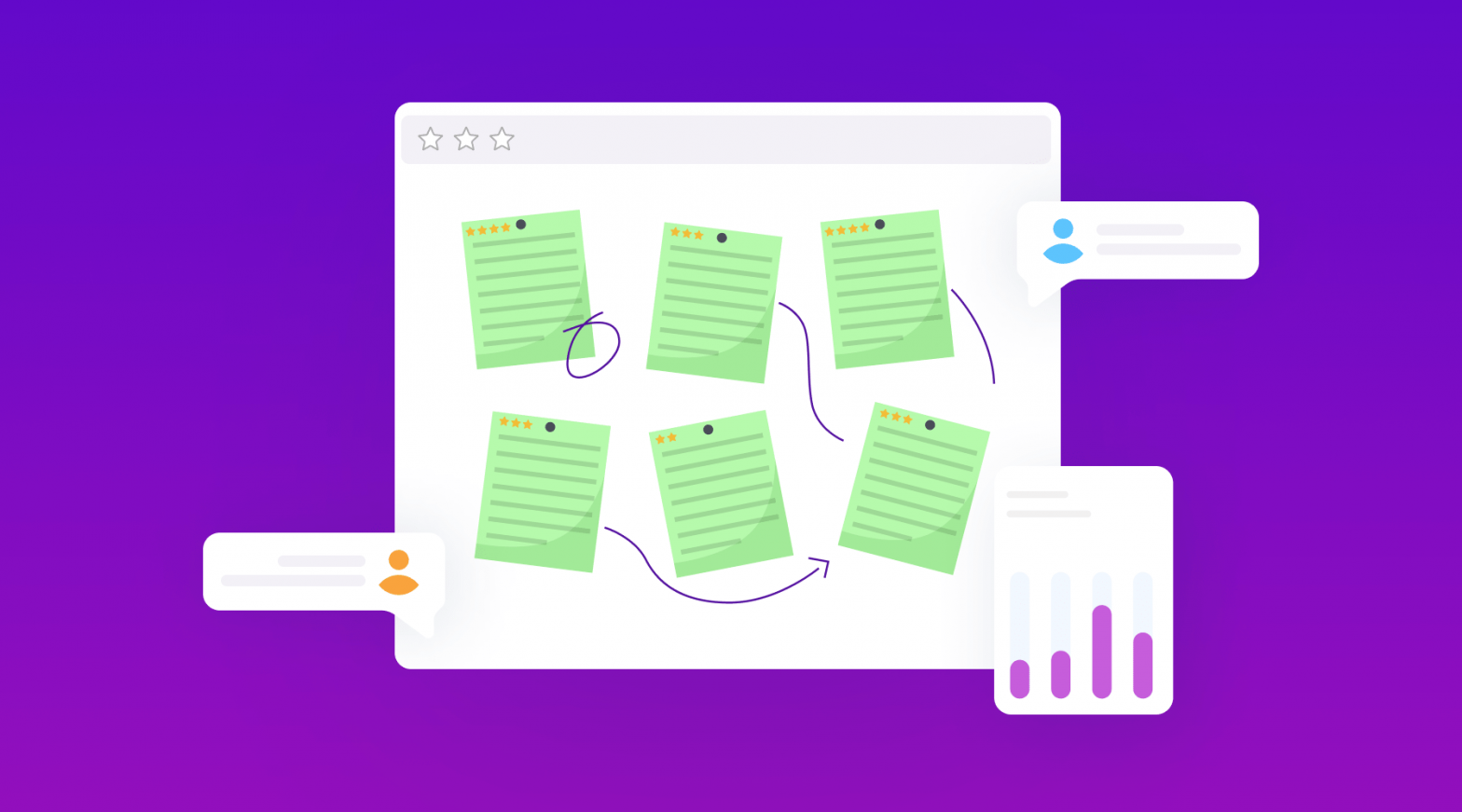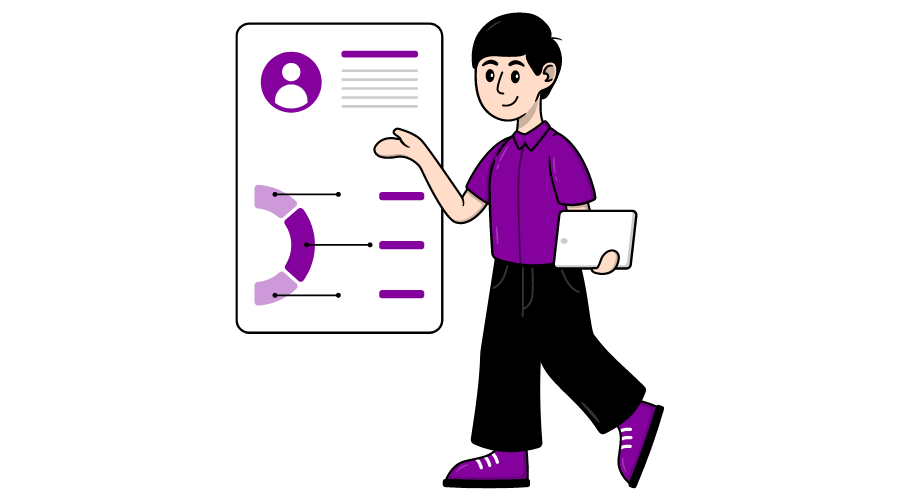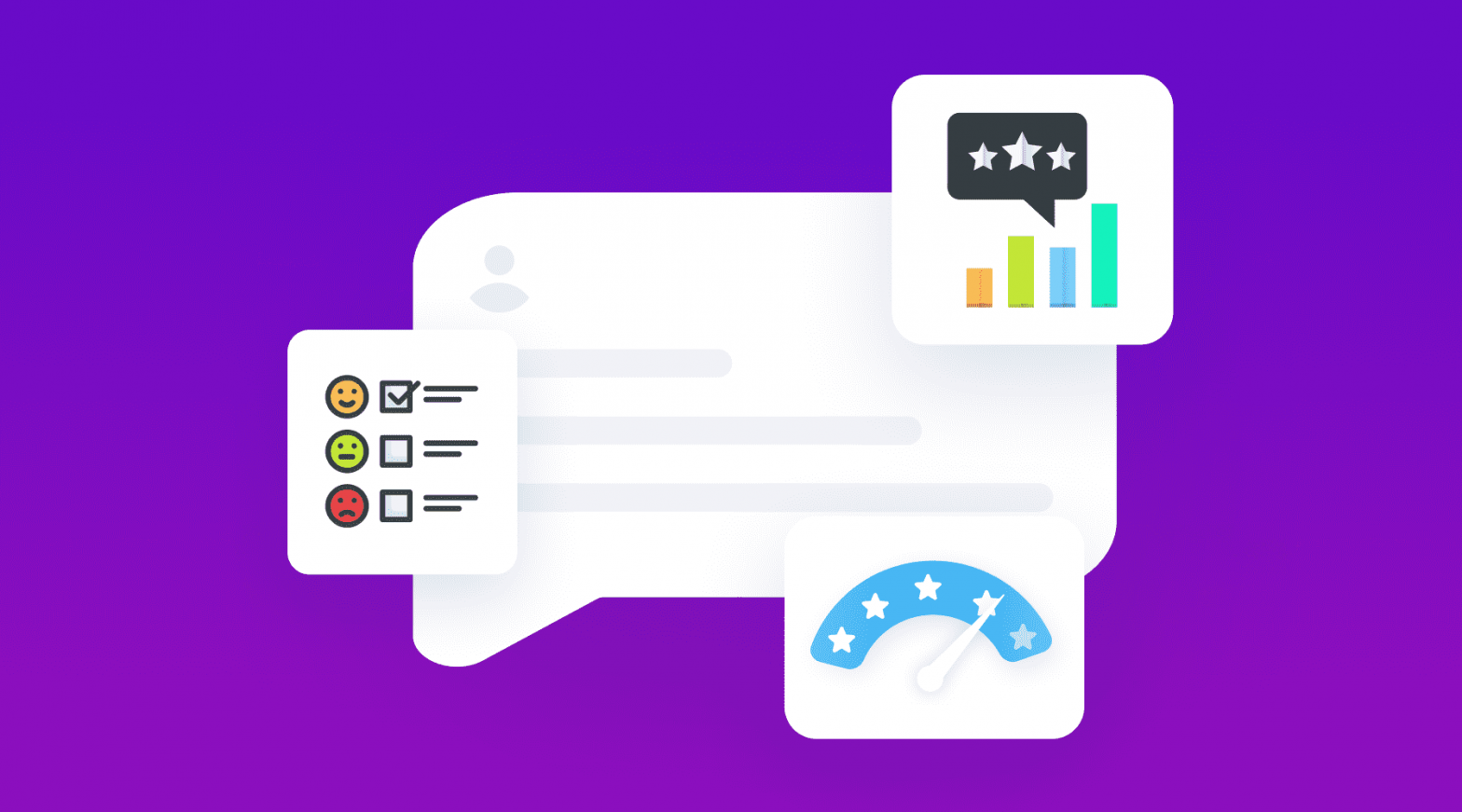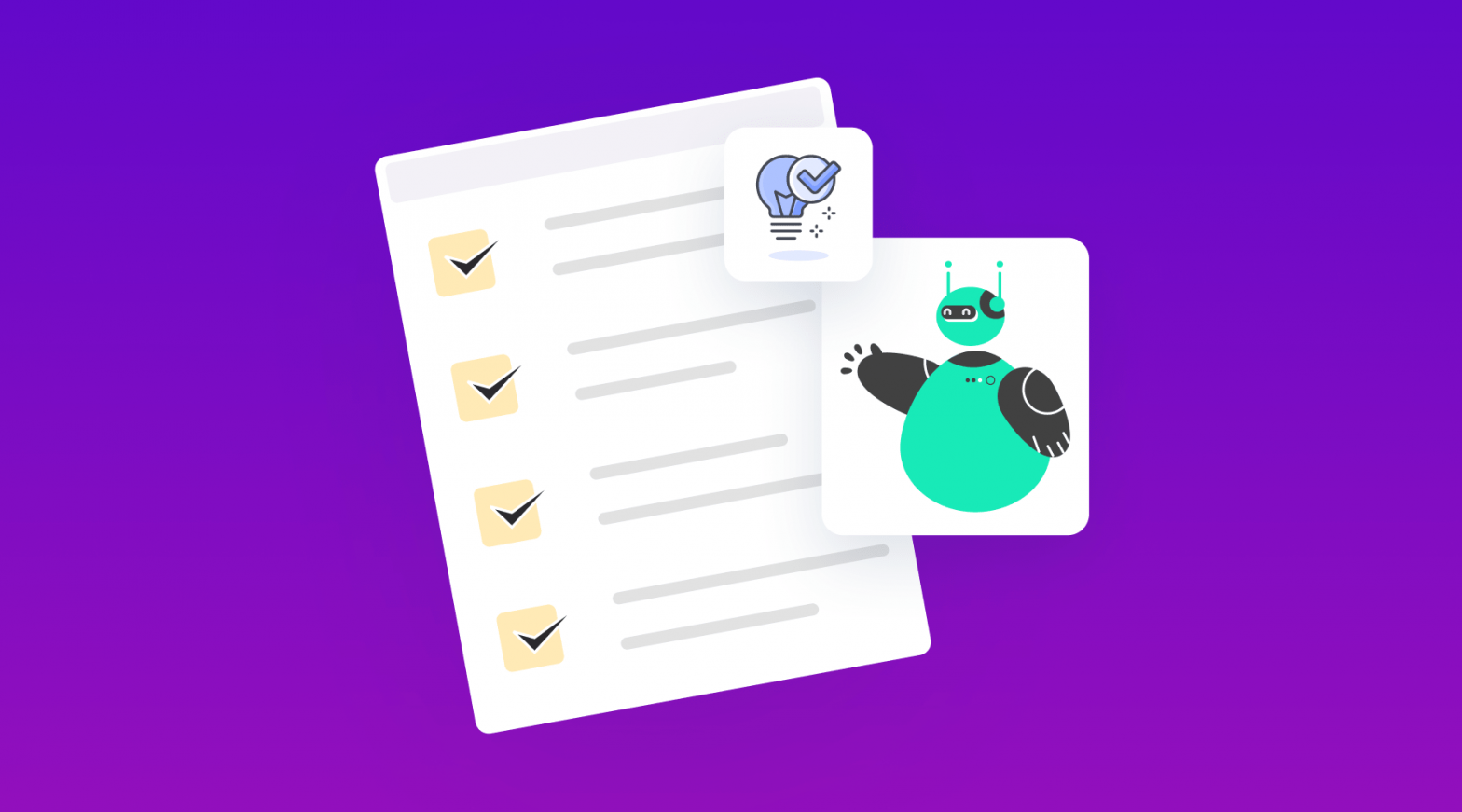Learn about the key roles and benefits of the Product Trio; Product Manager, Product Designer and Lead engineer delivering collaboration and successful product development.
Author: Archita Malviya
What Is the Now-Next-Later Roadmap?
Learn about the Now-Next-Later roadmap, a tool that keeps your product team driven with its flexibility and prioritisation framework.
15 Best Feedback Management Software For Enterprises – 2024
Feedback management software collects customer feedback and measures customer satisfaction. We’ve compiled a list of 9 tools that will help you do the business just right.
How Real Brands Conduct Customer Satisfaction Surveys
Unlock the secrets of successful customer satisfaction surveys used by real brands. Learn proven strategies for gathering, analyzing, and improving customer experience.
How to Conduct User Sentiment Analysis In 2024?
Unlock the latest strategies in 2024 for effective user sentiment analysis. Learn the techniques to decipher user emotions, and enhance customer experience.
How to Prioritize Product Backlog Items
Learn key steps and techniques to prioritize product backlog items efficiently for project success.
30 Essential Customer Feedback Tools for Businesses – 2025
Explore the top 30 customer feedback tools for businesses in 2025. Uncover essential features, compare options, and elevate your customer experience strategies.
How to Make Data-Driven Decisions in Product Management
Harness the power of data in product management. Learn how to make informed decisions by collecting, analyzing, and applying data effectively.
How to Organize Customer Feedback?
Elevate your business strategy by mastering how to meticulously organize customer feedback. Explore proven methods to extract actionable insights from customer input.
8 Best AI-Powered Product Management Tools In 2025
Explore 2025’s top 8 AI product management tools, revolutionizing innovation and productivity.
How to Create a Product Requirements Traceability Matrix
Streamline your product development journey by creating a precise product requirements traceability matrix. This article is your guide to success in every step.
8 Best AI-Powered Product Discovery Tools In 2025
Explore the leading AI product discovery tools for unparalleled business insights. Optimize product search and enhance user experience today!












